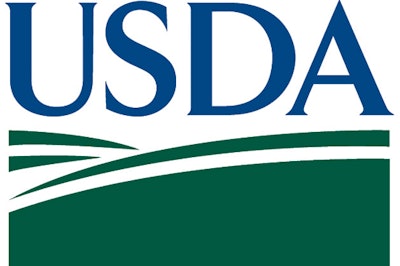
The U.S. Department of Agriculture (USDA) today announced a final rule to modernize swine slaughter inspection and bring it into the 21st century. For the first time in more than five decades, the USDA’s Food Safety and Inspection Service (FSIS) is modernizing inspection at market hog slaughter establishments with a goal of protecting public health while allowing for food safety innovations.
“This regulatory change allows us to ensure food safety while eliminating outdated rules and allowing for companies to innovate,” says Secretary Sonny Perdue. “The final rule is the culmination of a science-based and data-driven, rule-making process which builds on the food safety improvements made in 1997, when USDA introduced a system of preventive controls for industry. With this rule, FSIS will finally begin full implementation of that program in swine establishments.”
The final rule has new requirements for microbial testing that apply to all swine slaughterhouses to demonstrate that they are controlling for pathogens throughout the slaughter system. Additionally, FSIS is amending its meat inspection regulations to establish a new inspection system for market hog establishments called the New Swine Slaughter Inspection System (NSIS).
In the final rule, FSIS amends the regulations to require all swine slaughter establishments to develop written sanitary dressing plans and implement microbial sampling to monitor process control for enteric pathogens that can cause foodborne illness. The final rule also allows market hog establishments to choose if they will operate under NSIS or continue to operate under traditional inspection.
FSIS will continue to conduct 100% inspection of animals before slaughter and 100% carcass-by-carcass inspection, as mandated by Congress. FSIS inspectors will also retain the authority to stop or slow the line as necessary to ensure that food safety and inspection are achieved. Under the NSIS, FSIS offline inspectors will conduct more food safety and humane handling verification tasks to protect the food supply and animal welfare.
To view the final rule, visit the FSIS website at: go.usa.gov/xVPVK





















